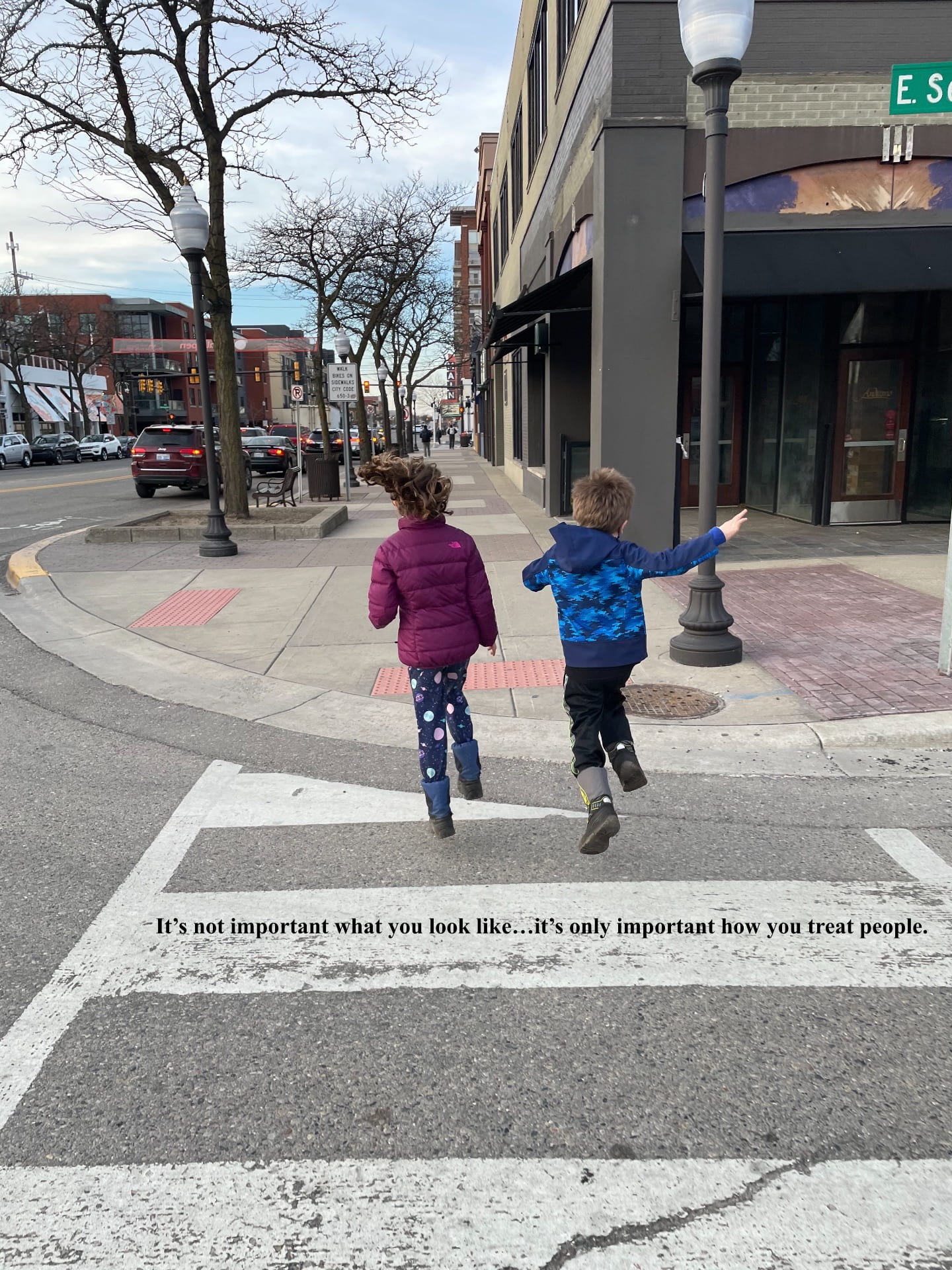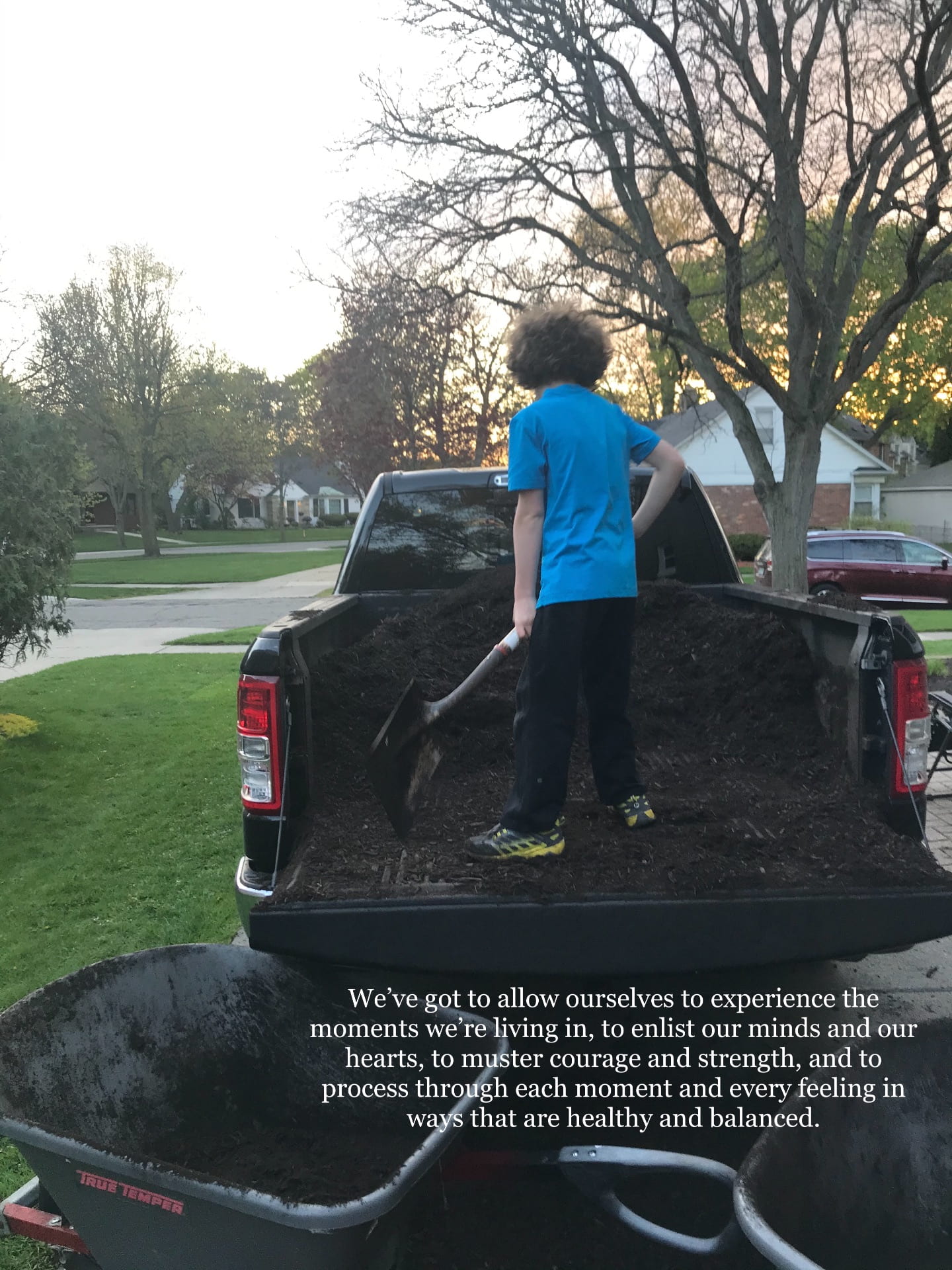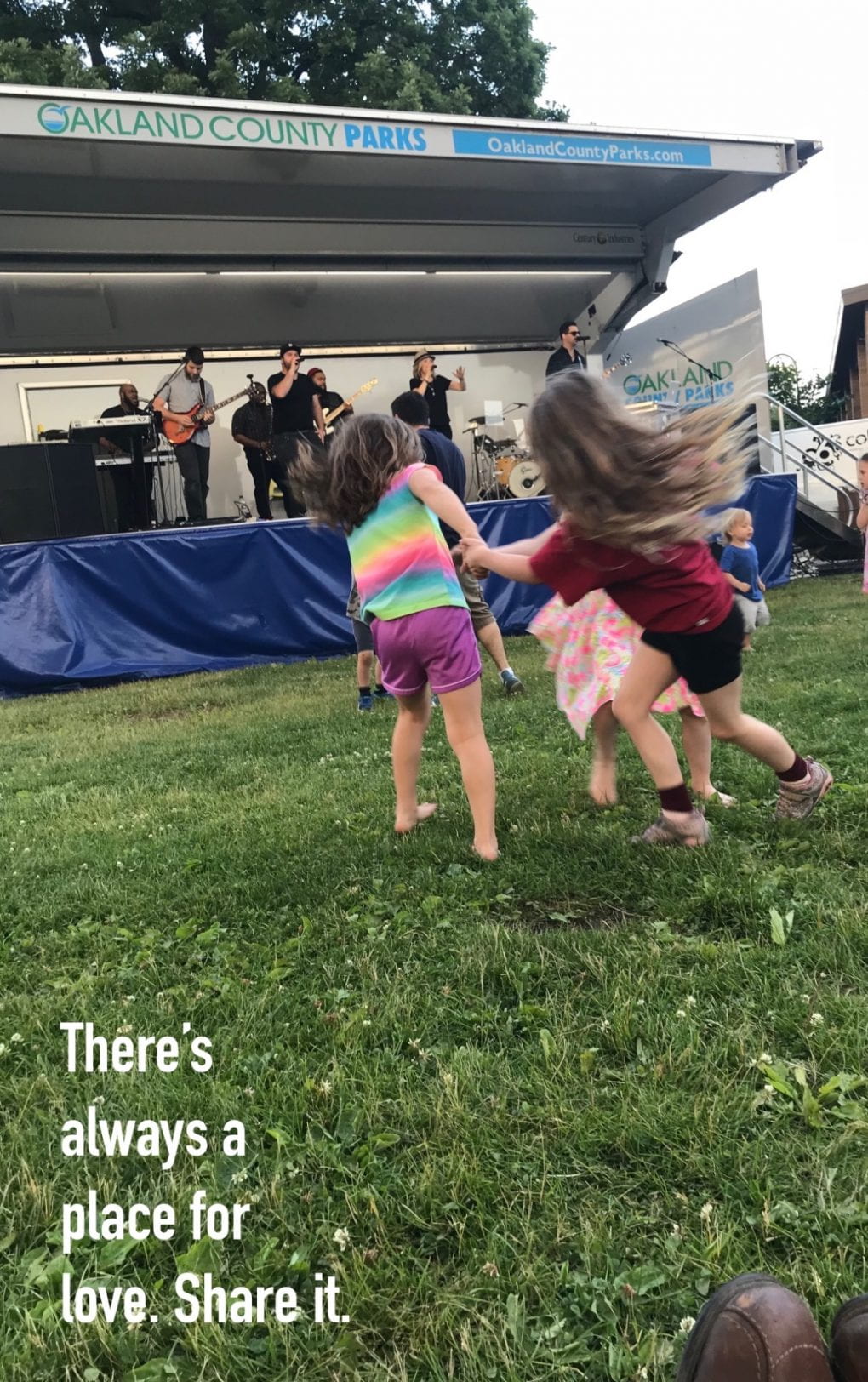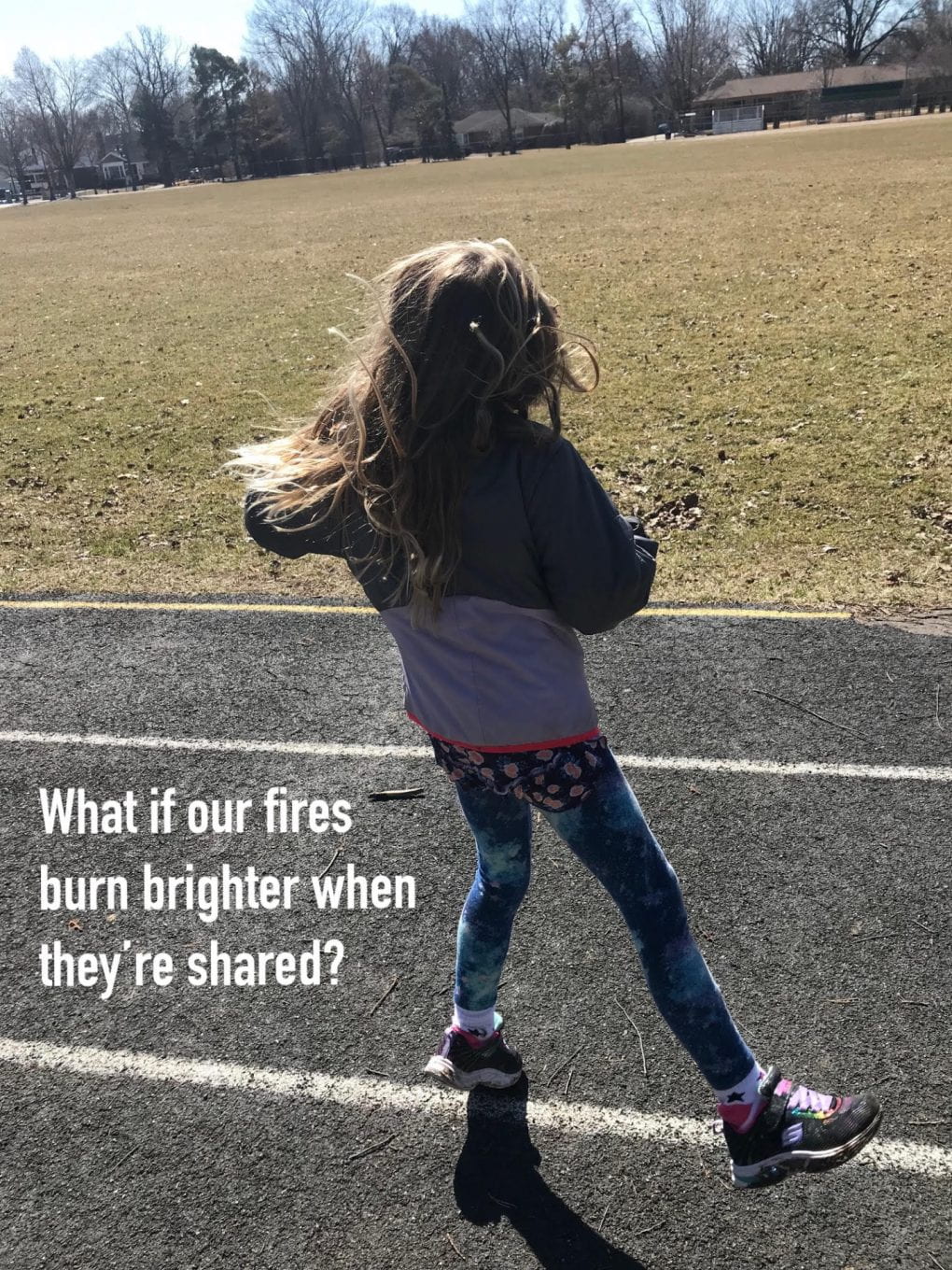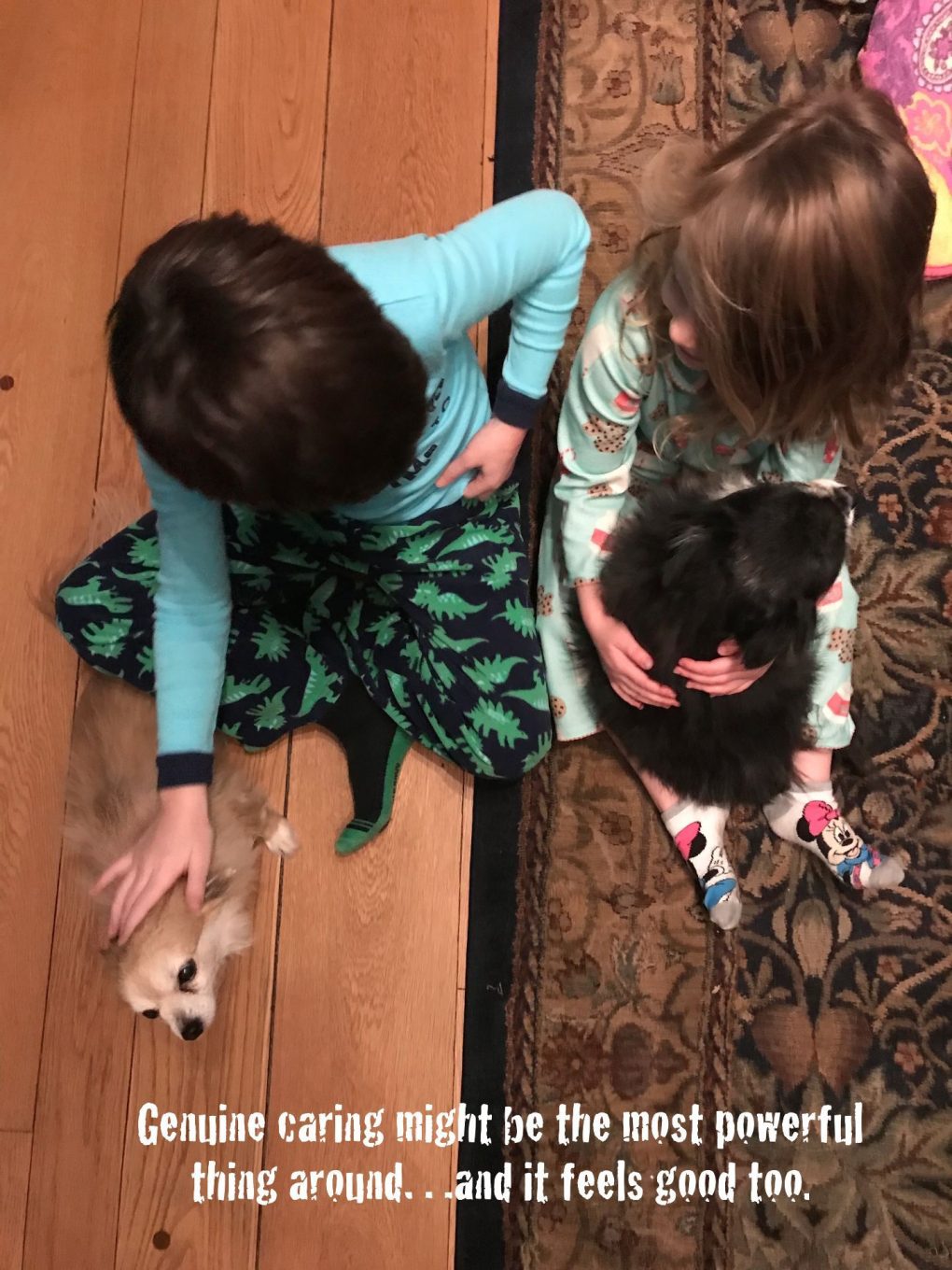Relaxation Time
This week I had the opportunity to spend some time as a guest teacher in music and art classes. I’m not a music teacher or an art teacher, but I do appreciate both disciplines, and both music and art play significant roles in my life. So I enlisted my experience with and knowledge of each, and I thought about how the creative arts bring joy and balance into my life as I prepared to teach.
When I was a child my parents enrolled me in piano lessons. I never became a virtuoso, but I gained enough understanding to be able to connect with the keys in a way that produces sound some might consider music. Occasionally I sit at the piano, produce that sound and find myself entering into and enjoying a state of mind research around well-being would identify as a “flow.” It’s a state of mind that can engender pathways to focus and calm.
In each music class I spent some time playing the piano as the kids rested. I asked them to aim at letting the music guide their thinking. I wasn’t sure how it would go. It went well. It especially went well with our youngest learners. Kindergarten and first grade students in each class allowed themselves to dive deep into the activity. The room became still and calm each time I facilitated this process. They seemed to have an aptitude for mindfulness. Moreover, they seemed to have an interest in it.
The day after my short tenure as a music teacher I received a note that described an extension of the meditation activity. A parent wrote to her child’s teacher and the teacher forwarded the note to me. She wrote that her first grader came home from school talking about having “relaxation time” in music class. She went on to share that they recreated the activity before bedtime with some music and guidance on relaxation. According to her report, the child said, “This feels nice, we should do this every night.”
I believe we all should do this every night, or during each day if it fits in better. The fact is, everyone can benefit from mindfulness as a part of a consisted self care focus.
The world in an incredibly busy place. The stressors are real and the challenges are…well, really quite challenging. When we take the time to be present and calm, when we dedicate ourselves to a positive mindset, when we focus and deeply engage, we reflect, process and heal with increased efficiency and productivity.
Individually and collectively, when take deep breaths and allow ourselves to live in each moment, we build capacity for a genuine focus on what truly matters…ourselves and one another. When we teach this critical life skill to our children, we enhance their futures and the future of our world.
Slow down, breath deep, we got this.
Thanks for reading…in it together for the kids!
Live. Love. Listen. Learn. Lead.


